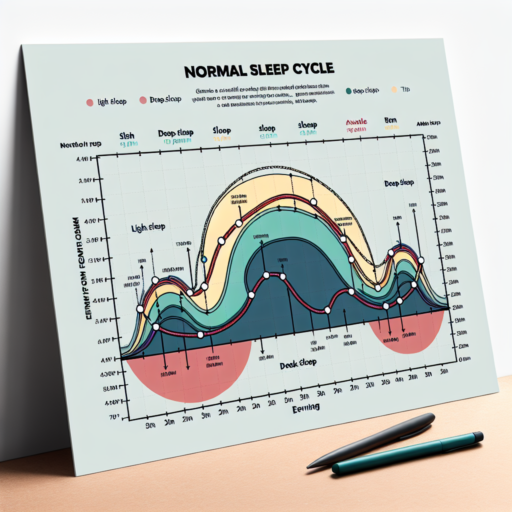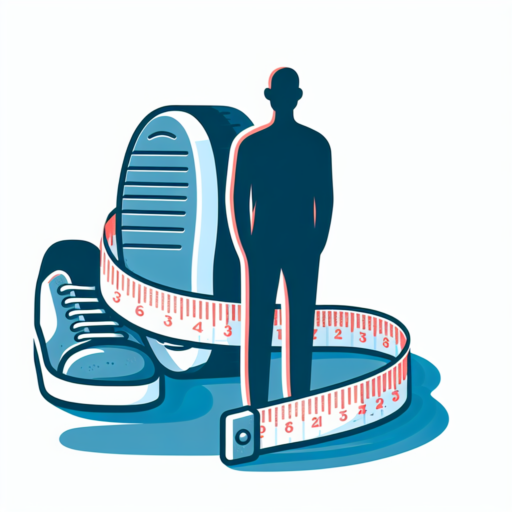What should a normal sleep cycle look like?
Understanding the structure of a normal sleep cycle is crucial for recognizing the quality of your sleep and identifying ways to improve it. A typical sleep cycle comprises multiple stages, each serving a distinct purpose in our sleep health and overall well-being.
The Stages of a Normal Sleep Cycle
A normal sleep cycle includes four to six cycles per night, each lasting about 90 to 110 minutes. These cycles are divided into two main types of sleep: Non-Rapid Eye Movement (NREM) and Rapid Eye Movement (REM) sleep. The cycle begins with NREM sleep, which is categorized further into three stages: N1, N2, and N3.
- N1 (Stage 1): This is the lightest stage of sleep, serving as the transition from wakefulness to sleep. It typically lasts for 1-5 minutes, making up about 5% of the sleep cycle.
- N2 (Stage 2): During this stage, our bodies prepare for deep sleep by lowering temperature, relaxing muscles, and slowing down heart rate and breathing. This stage constitutes approximately 50% of the sleep cycle.
- N3 (Stage 3): Known as deep sleep or slow-wave sleep, N3 is crucial for physical recovery and growth, immune system strengthening, and memory consolidation. It represents about 20-25% of the sleep cycle.
Following the NREM stages, the sleep cycle transitions into REM sleep, characterized by rapid eye movements, increased brain activity, vivid dreams, and temporary muscle paralysis. REM sleep, making up about 20-25% of the sleep cycle, is essential for cognitive functions such as learning, memory, and emotional processing.
What percentage of sleep should be in each cycle?
Understanding the distribution of sleep across various cycles is crucial for optimizing restorative sleep. Each cycle has a unique role in maintaining physical and mental health, and therefore, knowing what percentage of sleep should be in each cycle can greatly impact our overall well-being. Generally, sleep is divided into non-REM (Rapid Eye Movement) and REM stages, which cycle throughout the night in roughly 90-minute intervals.
Non-REM Sleep
The beginning of the sleep cycle is dominated by non-REM sleep, comprising roughly 75-80% of total sleep time. Non-REM sleep is subdivided into three stages:
- Stage 1: This initial phase is the lightest stage of sleep, lasting for about 5-10% of the total sleep cycle.
- Stage 2: Representing approximately 45-55% of the sleep cycle, this stage is deeper than Stage 1 and serves as a transitional phase into more restorative sleep stages.
- Stage 3: Known as deep or slow-wave sleep, this stage occupies about 20-25% of the sleep cycle and is crucial for physical recovery and growth hormone release.
REM Sleep
Following non-REM sleep, the REM stage comprises about 20-25% of the night’s total sleep. This phase is critical for cognitive functions such as memory consolidation, problem-solving, and learning. Most of the REM sleep is concentrated in the second half of the sleep period, highlighting the importance of full, uninterrupted sleep cycles for mental restoration.
Grasping the ideal percentage of sleep in each cycle underscores the complexity of sleep and its diverse functions. While these percentages provide a framework, individual needs may vary, and listening to one’s body remains paramount for achieving restful sleep.
What is a good sleep score on sleep cycle?
Understanding what constitutes a good sleep score on sleep cycle apps is crucial for improving your overall sleep quality. Sleep scores are often calculated based on several factors including duration, depth, and restfulness of sleep. A score within the range of 70 to 85 is generally considered good, indicating that you’re getting enough rest and your sleep cycles are well-balanced. However, aiming for a score above 85 can lead to even better rest and potentially enhance your daily performance.
The importance of each factor contributing to your sleep score varies by application, but typically, a good balance between light sleep, deep sleep, and REM sleep is essential. Monitoring these patterns can help identify any disruptions in your sleep cycle, such as waking up frequently during the night or not spending enough time in restorative sleep stages. It’s also crucial to pay attention to the recommendations provided by the app based on your sleep data to improve your score over time.
Improving your sleep score doesn’t just benefit your physical health; it can also have a positive impact on your mood, cognitive functions, and overall well-being. Simple changes to your daily habits, such as limiting screen time before bed, sticking to a consistent sleep schedule, and creating a restful environment in your bedroom, can significantly enhance your sleep quality. Remember, the goal is not just to achieve a high score but to ensure you’re getting the restorative sleep your body needs.
No se han encontrado productos.
What is the average sleep cycle rate?
Understanding the average sleep cycle rate is crucial for evaluating our sleep quality and its impact on daily functioning. The sleep cycle encompasses various stages, each playing a vital role in our overall health and well-being. On average, an adult goes through four to six sleep cycles per night, with each cycle lasting approximately 90 to 120 minutes. This variability is normal and reflects the natural diversity in human sleep patterns.
Each sleep cycle is composed of several stages, starting with light sleep, transitioning into deep sleep, and potentially concluding with REM (Rapid Eye Movement) sleep. The deep sleep stage is particularly important for physical recovery and growth, while the REM stage supports cognitive functions, such as memory and learning. A healthy sleep cycle rate not only includes the number of cycles per night but also the balance between these different stages.
Factors influencing the average sleep cycle rate include age, lifestyle, and overall health. For example, newborns require much more sleep, up to 17 hours a day, and experience longer REM stages than adults. As we age, the total number of hours we need declines, as does the time spent in deep sleep stages. It’s also essential to consider that disruptions to natural sleep patterns—such as shift work, insomnia, or lifestyle choices—can significantly affect the quality and efficiency of our sleep cycles.




